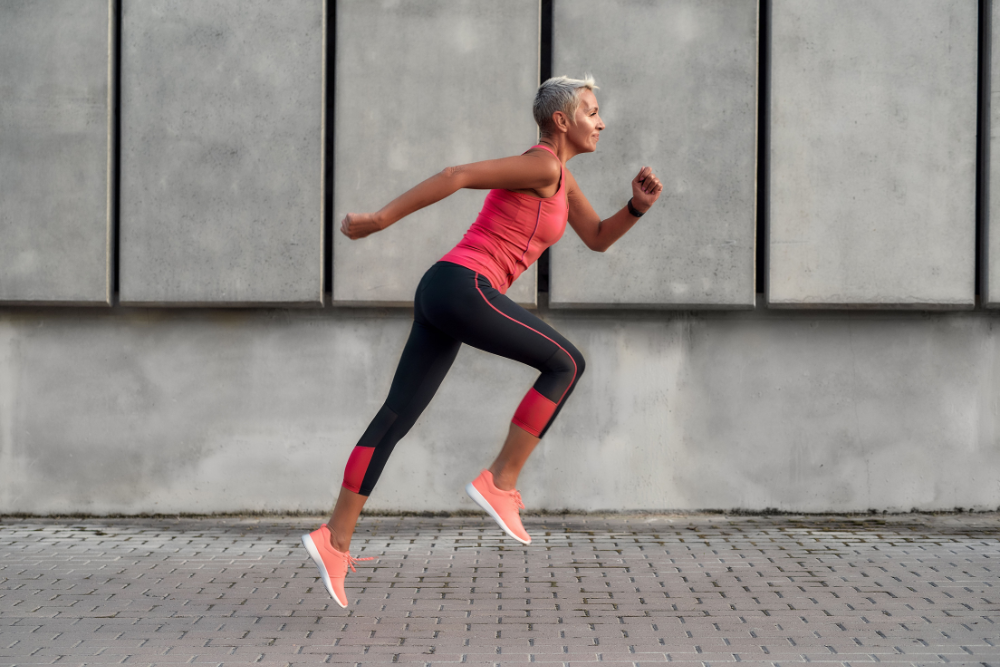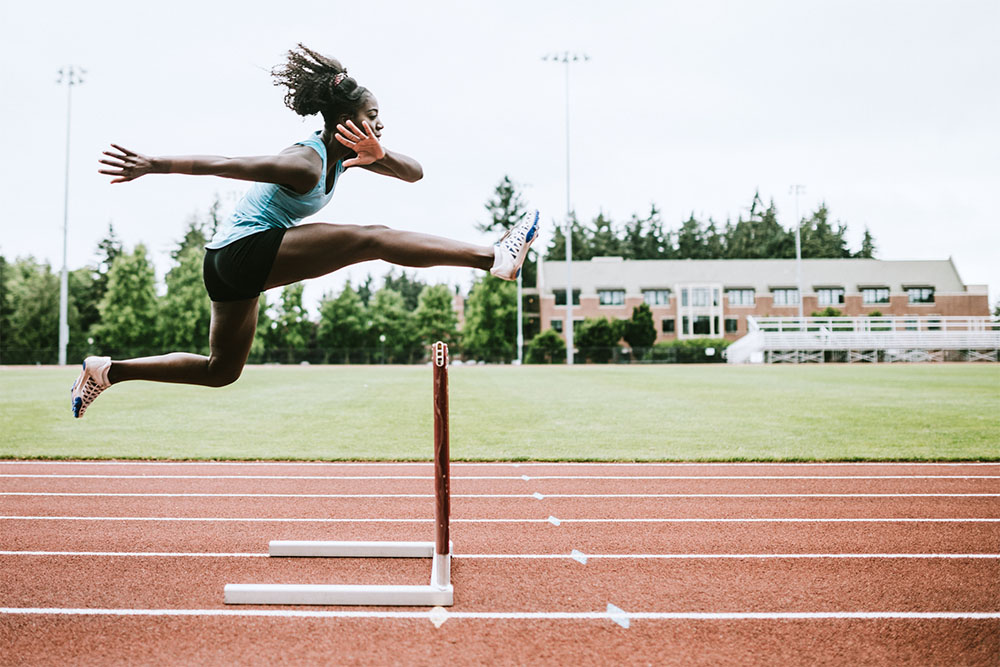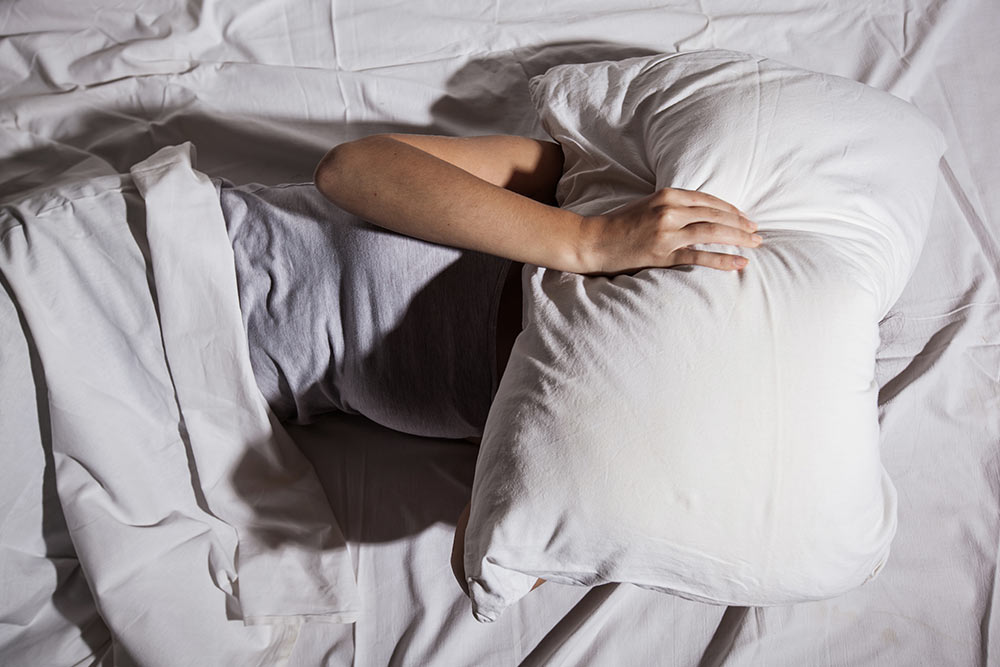Michelle Obama Has It Backwards: You Should Train Harder After Menopause

A recent interview with Michelle Obama that was published on HarpersBazar.com has been doing the rounds on social media over the last few days – which is pretty concerning.
Not because we have anything against Michelle, but because we fear the comments made may be taken the wrong way by the broader health and fitness audience.
In fact, we believe the message has dangerous implications that need to be addressed immediately. Hence this article.
Michelle Obama: A fitness icon
For those who are unfamiliar with Michelle Obamas fitness history, we wanted to provide a brief refresher.
As first lady of the white house, Michelle was well known for being smart, caring, and well-spoken. But she was also renown for her lean muscular physique, her ability to pump out 50 push-ups in a row, and the heavy workouts she performed on a near daily basis.
She lifted weights. She performed interval training. She worked hard. All of which had a positive impact on bot only her health, but also influenced the health behaviour of women across the nation.
But these new comments run counter to that.
What was said?
In this interview, Michelle stated she has had to “tone down” her workouts. “Some of it is menopause, some of it is aging. I cannot push myself as hard as I used to. That doesn’t work out for me.”
She follows this up by indicating that her fitness routine is now predominately focused on flexibility, rather than on cardio – “I am still physically active, but my goal now is to just keep moving.” And at first glance, this all seems like reasonable advice. I mean, you have probably heard it all before. As you get older, your body becomes less capable. You cannot handle what you used to, so you should take it easy and “play it safe” (so to speak).
But here’s the thing – this is terrible advice.
Why you should train harder after menopause.
As many know, menopause is a time of significant change, and with it comes a myriad of side effects.
But what is less spoken about is the impact of menopause on health. Research has shown that going through menopause is associated with a heightened risk of heart disease [1] and diabetes [2], reductions in physical activity levels, declines in strength and muscle mass [3], increased risk of falling [4], and reductions in bone mineral density that can contribute to a greater likelihood of osteoporosis [5]. All of which are associated with a loss of disability free years, and increased risk of early death. But – and this is a big but – they do not have to happen.
See, while these risks are common in women who have gone through menopause, there is good evidence to suggest that they can all be mitigated through exercise. Which is why suggesting you should tone down your exercise habits after menopause is not only misguided, but also completely irresponsible. Which begs the question. What should you do after menopause?
Related Article: The Stages Of A Woman’s Sleep Life: Menstruation and Menopause
How to exercise after menopause?
When it comes to maximising health after menopause, the good thing is what you should do doesn’t really change – it just becomes more important [6]. As per the world health organisation’s physical activity guidelines, you should aim for a minimum of 150 minutes of moderate intensity aerobic activity, or 75 minutes of vigorous aerobic activity (or a combination of the two) each week. Aerobic exercise has been shown to reduce blood cholesterol, improve blood sugar, and lower blood pressure, leading to reduced risk of heart disease and diabetes.
The good news here is this aerobic exercise could come from rowing, swimming, walking, jogging, cycling, or anything in between. The mode doesn’t matter, if you get your heart rate up, you are reaping the benefits. Then in conjunction with your aerobic training, strength training is a must. Strength training increases muscle mass and strength, reduces risk of falls, improves your ability to handle daily life, further improves blood sugar management, and can even lead to increases in bone mineral density, which reduces your risk of osteoporosis.
Set a goal
The goal here should be to get a minimum of two strength sessions in per week, with a focus on large compound movements like squats, lunges, deadlifts, rows, and presses. These exercises not only stimulate your muscle tissue, but also replicate activities that you do in real life, which is extremely important when it comes to maintaining your independence long-term. As a bonus, throwing ins some slightly higher intensity impact exercise, such as sprinting and jumping, into your warmups has been shown to improve bone mineral density and balance – which get even more important as you age.
And that’s it.
If you tick these boxes, you can be extremely confident that you will not only stave off the negative effects of menopause, but actually improve your health for the better.
Final Thoughts: Sorry Michelle
While we appreciate that exercise may be perceived as harder as you get older, that does not mean you shouldn’t do it.
In fact, it makes it even more important. Which is why we must wholeheartedly disagree with Michelle’s most recent comments – and you should too. Menopause is the time start making your health a priority. The focus shouldn’t be to stop exercise, but to push yourself harder. This is how you make lasting health change that can impact your life for the better. Seriously, what are you waiting for? The time is now – so why not start today.
You Might Like:
Upper Body Strength in Post-Menopausal Women
Menopause is a unique time in the human life, and with it comes a myriad...Exercise After Menopause: What You Need To Know
Menopause is one of the most significant events in a woman’s life, and with it...Michelle Obama Has It Backwards: You Should Train Harder After Menopause
A recent interview with Michelle Obama that was published on HarpersBazar.com has been doing the...Does Testosterone Boost Athletic Performance in Female Athletes?
Testosterone is one of the most talked about hormones in the human body – especially...Menopause and Depression
Hunter Bennett Menopause is considered to be a time of great change. A time where...Menopause and Sleep
Hunter Bennett Menopause is commonly considered to be one of the most trying times in...References:
Mahajan, Annil, Ranu Patni, and Varun Gupta. “Menopause and cardiovascular disease.” Journal of Mid-life Health 10.2 (2019): 55.
Patni, Ranu, and Annil Mahajan. “The metabolic syndrome and menopause.” Journal of mid-life health 9.3 (2018): 111.
Maltais, M. L., J. Desroches, and Isabelle J. Dionne. “Changes in muscle mass and strength after menopause.” J Musculoskelet Neuronal Interact 9.4 (2009): 186-97.
Ahn, Sukhee, and Rhayun Song. “Exploring fear of falling related activity avoidance among postmenopausal women.” International journal of environmental research and public health 18.8 (2021): 4042.
Karlamangla, Arun S., Sherri-Ann M. Burnett-Bowie, and Carolyn J. Crandall. “Bone health during the menopause transition and beyond.” Obstetrics and Gynecology Clinics 45.4 (2018): 695-708.
Mishra, Nalini, and V. N. Mishra. “Exercise beyond menopause: Dos and Don’ts.” Journal of mid-life health 2.2 (2011): 51.














